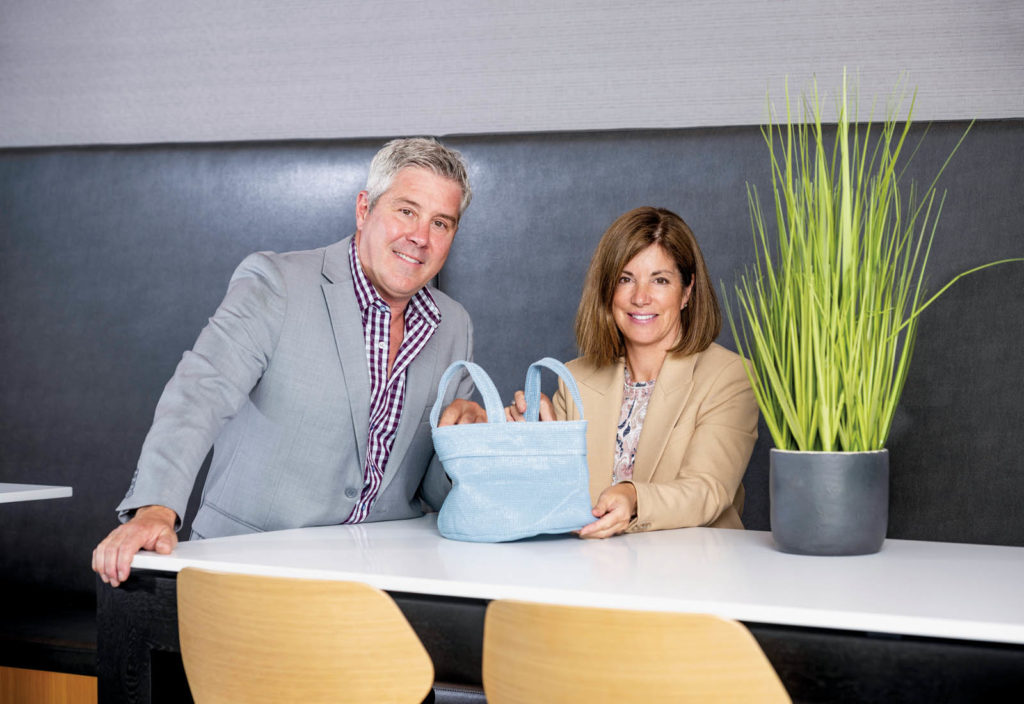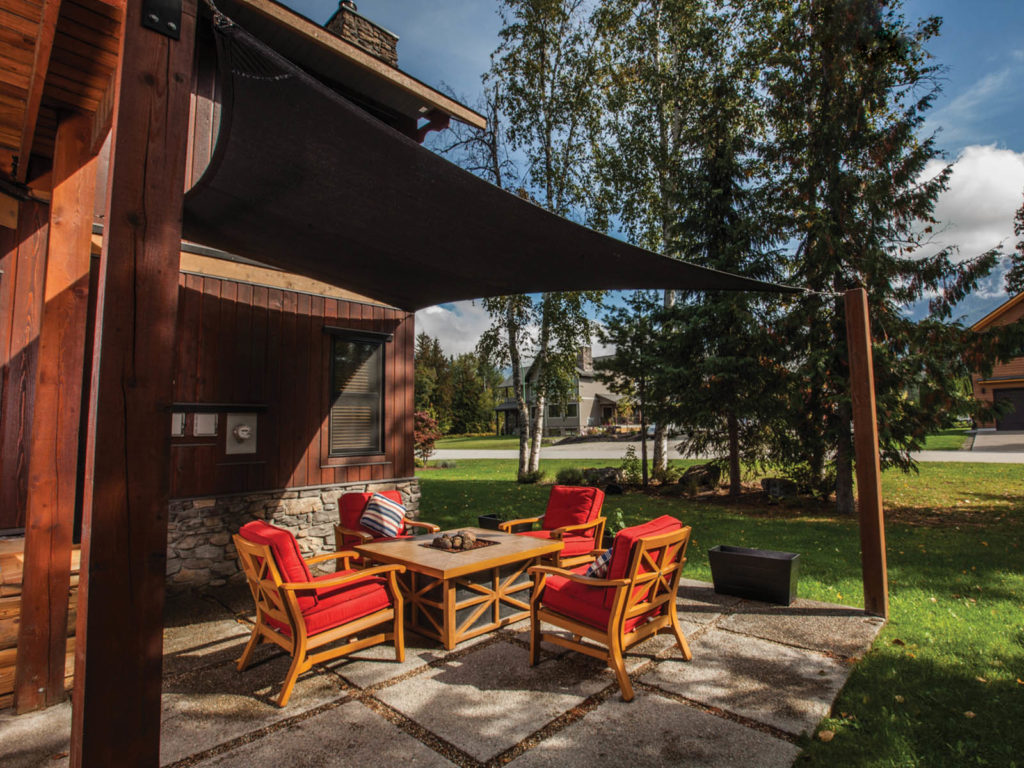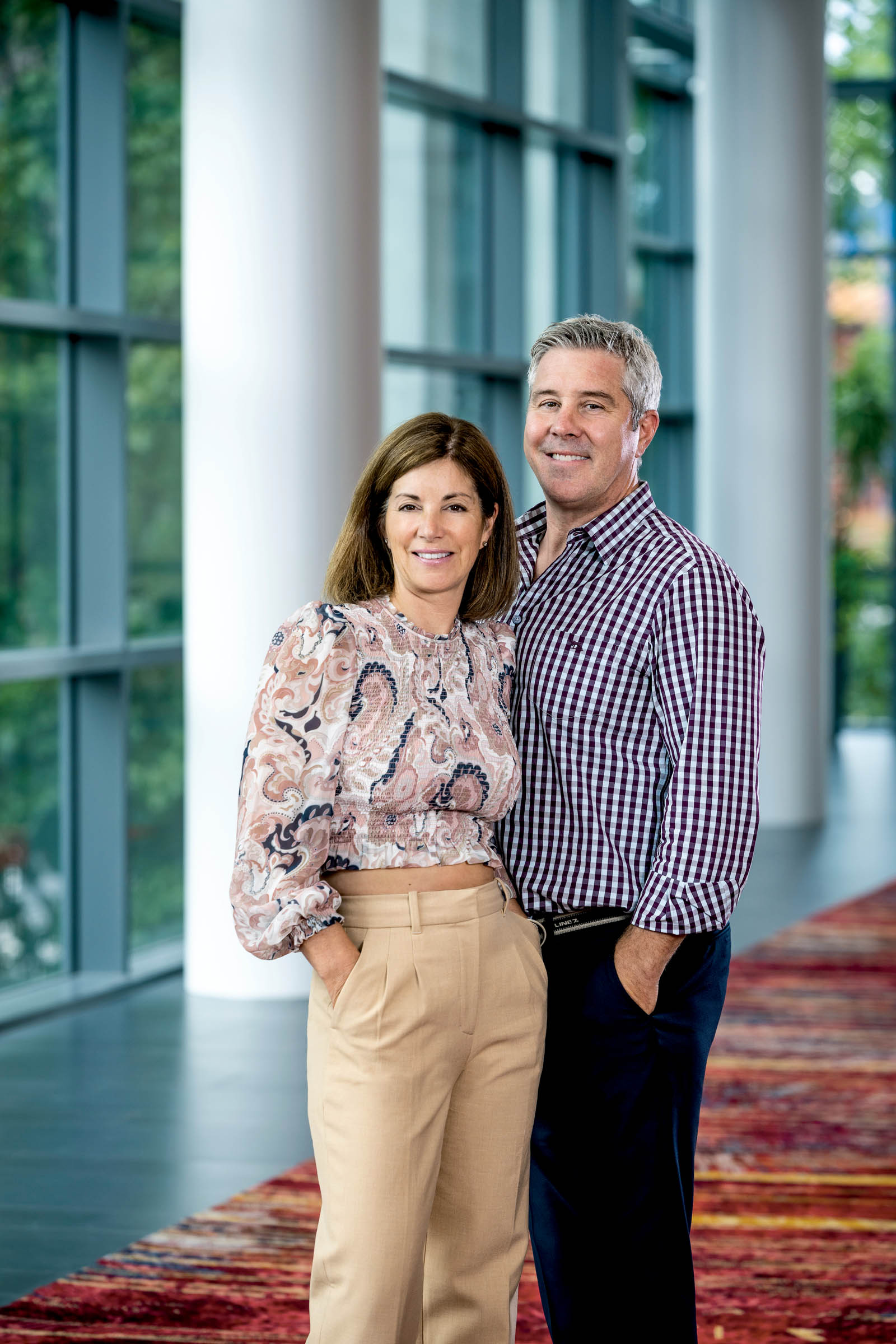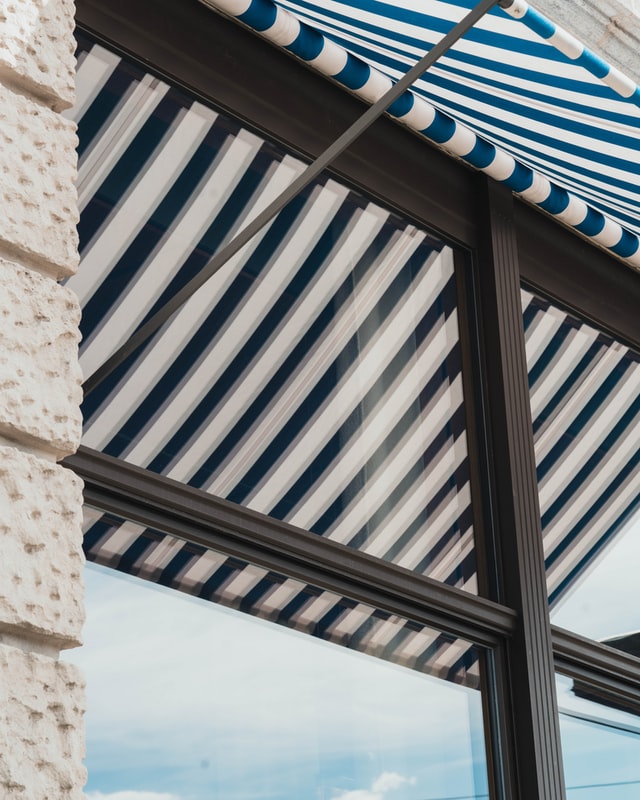Sails have propelled Brydon Roe’s personal and professional paths for as long as he can remember. He and his brother grew up boating and windsurfing on the lakes of Ontario, Canada, before getting their first jobs at a windsurfing shop and eventually opening their own. Enticed by its sunny beaches, they later moved to Australia, where they continued to work on boats—and soon discovered and branched into shade sails.
During a visit to see his sons, their father Neil was so impressed by the concept of—and design opportunities for—tensile fabric architecture that he introduced a shade sail product line to his dock and deck installation business upon his return to Canada. Seeking a lifestyle change a couple years later, Roe moved back home in 2003 to help his father expand the business, which had since been named Shade Sails Canada.
All the right moves
Well-meaning industry peers in warmer locations cautioned against the business decision, not believing shade sails could be profitable in a location with such drastic seasonal changes. “We gave it a go anyway and had started small by incorporating them into some of our deck builds,” Roe recalls. “Back then we would just draw the design on a piece of paper to show customers what it could look like.”
For the next decade, they imported sails from Australia and New Zealand, but inevitable shipping delays became more of a challenge as the business grew. During that time, Roe moved to Revelstoke, British Columbia, a small, mountain ski town that drew him in with its breadth of outdoor activities. “The wilderness is my backyard,” Roe says.
It’s also where he met his wife, Anne Murphy. She was a dental hygienist at the time but told Roe she also had extensive sewing experience. “Immediately I thought, ‘That’s the piece we’re missing,’” Roe says. Murphy joined the company, bringing manufacturing in-house—where it has stayed ever since. “With my experience and Anne’s talent and diligence, I call us the dynamic duo. The business really took off once she got involved.”
Shade Sails Canada remains based in Revelstoke today, with several locations and affiliates across the country and in the United States. And while their products no longer come from Australia, the knowledge and experience Roe gained while living there continue to move the company forward.
The concept of shade sails is still fairly new in North America, when compared to Australia, Roe says. “We’ve maintained great contacts there who we continue to work with to master different techniques. By combining their expertise with our own innovations, we have created an extremely high-quality product. And people have noticed—we’ve been involved in training some companies in the United States on certain processes and technologies. All our years in this industry have given us so much experience that we can now help others while also growing our own business and be a leader in that way. We’re pretty proud of that.”

A customer-driven mindset
Company sales are equally split between residential and commercial projects. Roe’s unique insight into customer needs and preferences is just as much of a contributing factor to today’s growth as it was to the company’s early—but seemingly unlikely—success. He knew then how much money and resources consumers in seasonal climates are willing to spend on their summers. People want to maximize their time outdoors, and that means investing in shade—even for only a few months out of the year.
“We’re really good at helping people who want to enjoy their decks and docks learn the best way to do so while getting the best value out of it,” Roe says. “There’s nothing like hearing a homeowner say, ‘Wow, this changed my whole deck experience’ or a restaurant saying, ‘People wouldn’t sit out here before.’ It’s transformational for them, and I love being a part of that and continually coming up with innovative ideas to help people enjoy their time outside more.”
One such idea is a new modular unit design for clients with a specific—but not custom—shade need, such as a city looking for ways to shade their parks. Solutions like these are based on customer feedback—a critical tool for not only retaining customers but adding new ones.
After consistently hearing many misconceptions about shade sails, Roe and his team started producing simple videos and detailed guides that explain all the ins and outs of putting up and taking down shade sails, from measuring correctly to choosing the right sail shape. They’re available on the company website as well as on YouTube. “We’re not necessarily trying to sell our products; we’re trying to help consumers build a knowledge base,” Roe says. “With so much information out there, we want to
help answer the question of what is good and what is not.”
Learn, expand, repeat
Even with the wide reach of these resources and the company’s active social media channels, word of mouth has served as Shade Sails Canada’s biggest marketing tool, Roe says. But that’s about to change. He recently hired a new employee to help the company develop a more strategic marketing plan. “We know a lot of people out there need our product; we just have to make sure they know we’re right there in their neighborhood.”
Welcoming recommendations from outside experts has been a winning strategy so far. A 2019 appearance on the Dragon’s Den (Canada’s version of the popular Shark Tank television show) led to a 2021 opportunity to connect with business coaches through Basin RevUp, a local business accelerator program. Roe and his team learned how to improve their profit margins to provide more value to both the company and customers, and how to work together more collaboratively and efficiently.
“I advise any business owner, no matter how well you’re doing, to seek outside guidance from a business coach—someone who can take an honest look at what you’re doing with a different perspective.”
With better processes and products than ever before, Roe looks forward to learning and innovating every day. In recent years, he’s expanded into shade structures such as all-weather amphitheaters and small outdoor classrooms.
“More and more people are recognizing the cooling benefits of fabric; shade itself is a trend across the globe that will keep growing,” Roe says. “My goal is to help people better their outdoor spaces—aesthetically and functionally. Our team loves the joy that comes from sharing that success with customers.”
Holly Eamon is a freelance writer based in Eden Prairie, Minn.
SIDEBAR: Appearance vs. function: A delicate balance

Shade Sails Canada completed this residential shade sail project in the summer of 2022. Only two weeks passed between the customer inquiry and final installation, a process that included in-house design consultation and project renderings. The team’s extensive shade structure knowledge and in-house manufacturing services contribute to both their speed and accuracy in fulfilling customer requests.
The customers wanted a shade option that would maximize the comfort and enjoyment of their south-facing outdoor patio space. Aesthetics were paramount in the design, so they decided on a single post to reduce obstruction of their view. But function was just as important. The design had to ensure adequate shade throughout the day by using the single, well-placed post and secure anchor points on the home.
Customers also requested two sails for this project—one for shade and another fully waterproof one so they could swap them out depending on the weather. The anchor points had to be easily accessible to ensure they could quickly make the swap.
The post is steel to provide the required strength and was given a rust application to color-match the home’s wooden exterior. The customers chose Commercial 95® from Gale Pacific for the shade sail and DriZ by Rainbow Shade for the waterproof sail. Photo: Shade Sails Canada
SIDEBAR: Q&A
How are you incorporating more sustainable practices into your business?
We created a small lifestyle and gardening bag company called Green Bag a few years ago based on a yoga bag my wife and business partner, Anne Murphy, made out of our fabric scraps. All the bags are made with off-cuts from our shade sail manufacturing.
After seeing several of these bag prototypes at tradeshows we attended, our shade fabric supplier, Gale Pacific, offered to partner with us to create and sell even more scrap-based bags through their Coolaroo line.
One of fabric’s many wonderful qualities is its recyclability. However, it’s hard to find recyclers—especially in our little town—so any scraps we can reuse is great. These bags are not money-making products or an end-all solution to the sustainability challenges we face across all industries, but it’s definitely progress.








Leave A Comment